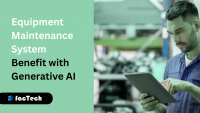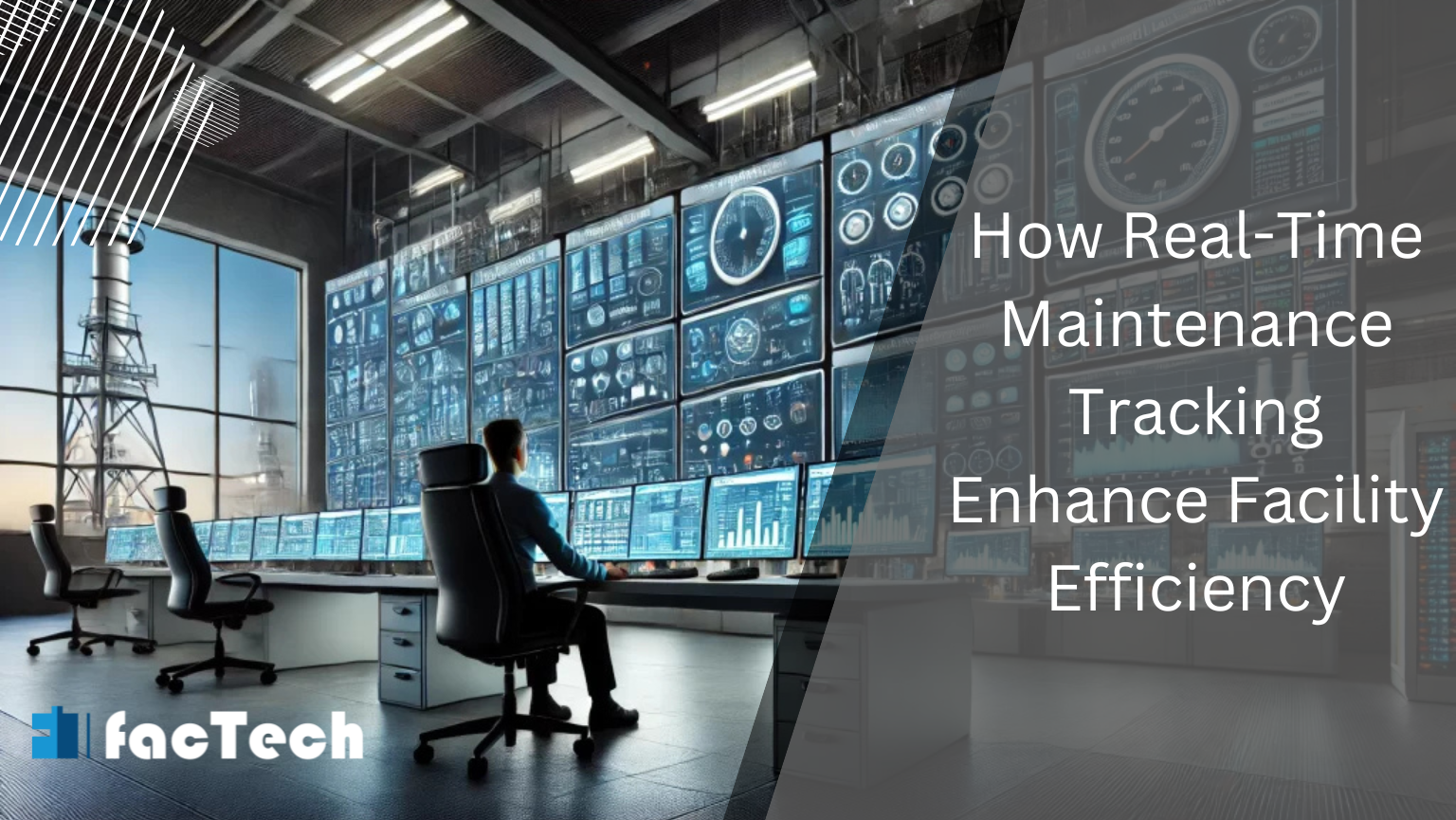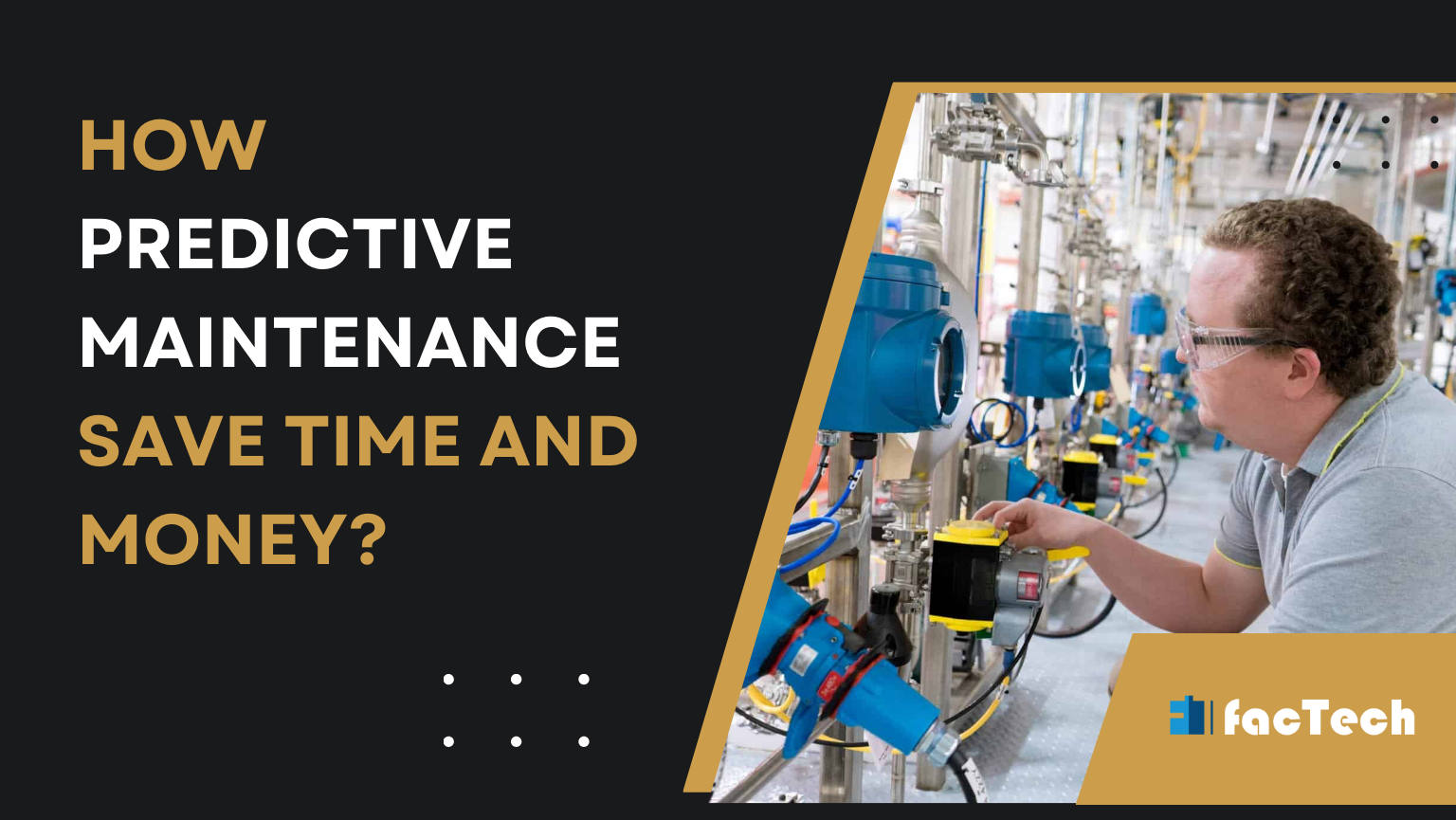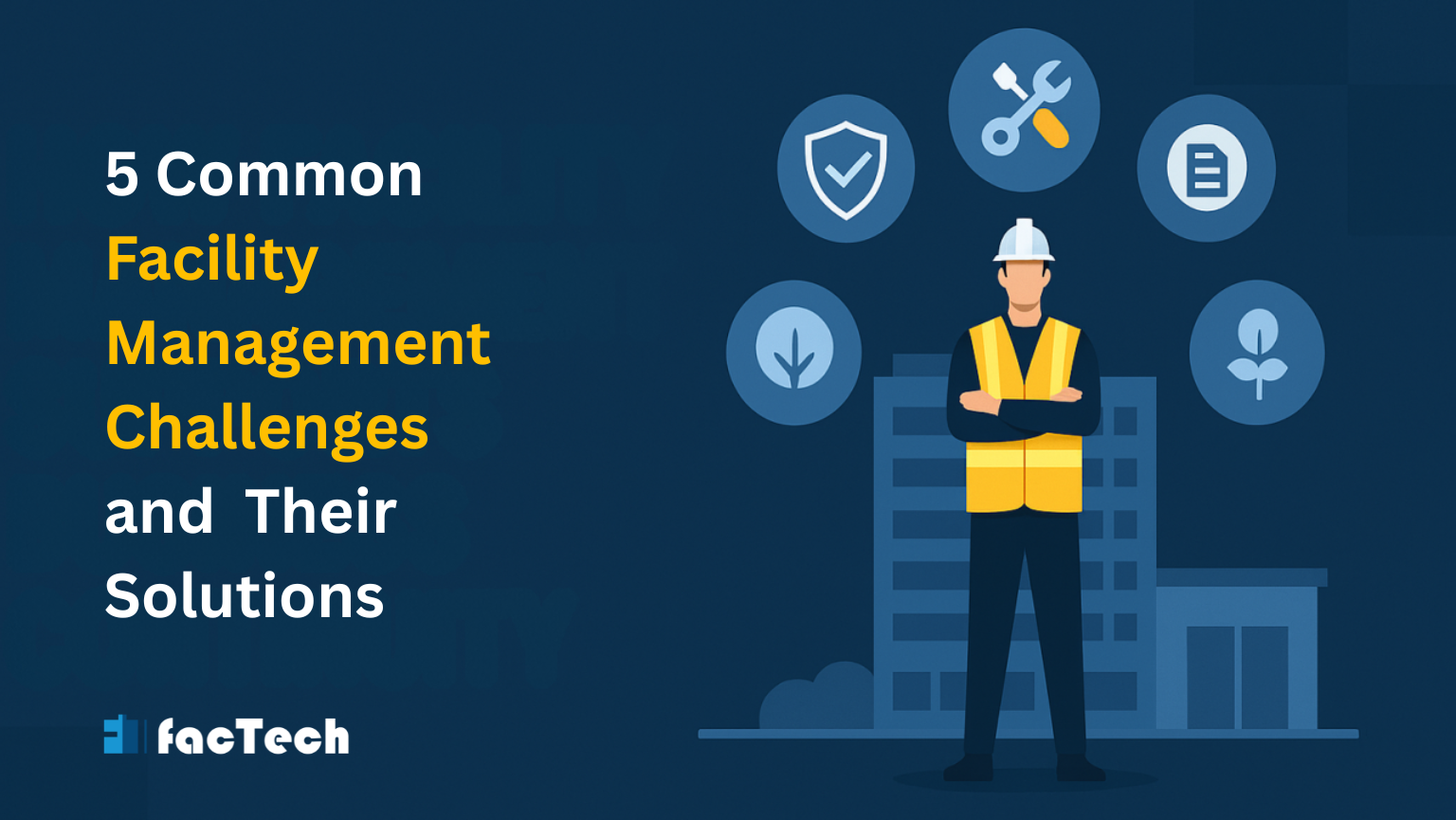Impact of Generative AI on Equipment Maintenance
People now live surrounded by technology designed to achieve incredible things in the blink of an eye. Technology capable of learning how to accomplish those incredible things all by itself. Such is the promise of Generative AI. But what is Generative AI and how will equipment maintenance system be affected?
By automating processes, improving predictive skills, and optimizing resource allocation, generative artificial intelligence is revolutionizing equipment maintenance in facility management. It can create custom maintenance plans, automate regular chores, and enhance asset tracking and lifetime management.
Adopting this cutting-edge technology will help facilities managers not only stay current with sector developments but also establish themselves as leaders in a fast-changing scene.

Generative AI
Emerging from artificial intelligence, generative AI uses sophisticated algorithms and models to learn from current datasets. This technology makes it possible to create fresh material, insights, and data-base judgments depending on certain input data. Generative artificial intelligence can generate outputs sometimes almost exactly like those produced by people by using the patterns and structures inherent in the data.
Proving to be a game-changer, generative artificial intelligence is transforming many fundamental tasks in facilities management to maximize resource use and efficiency while concurrently improving the office environment. Its influence is especially important in fields like predictive maintenance, where it reduces equipment downtime by seeing faults before they start. Furthermore, generative artificial intelligence helps to maximize space by guaranteeing efficient use of facilities so increasing occupant contentment and production.

Generative AI Impact on Equipment Maintenance
Improved Predictive Maintenance
Traditional predictive maintenance mostly depends on failure logs and past sensor data. For uncommon failure situations or new technology, real-world data could be limited. Realistic but artificial sensor data can be synthesized using generative artificial intelligence, therefore mimicking several operational circumstances and possible failure mechanisms. Training predictive models on this enriched dataset helps maintenance teams, especially in cases with limited previous data, increase the accuracy and robustness of their forecasts. Early identification of possible problems and more proactive maintenance activities made possible by this help to lower unplanned downtime and related expenses.
Perfect Resource Allocation and Maintenance Scheduling
To create the best maintenance plans, generative artificial intelligence can examine previous maintenance schedules, resource availability, equipment criticality, and expected failure rates. To find the most effective use of resources, it may replicate several scheduling situations considering variables such as technician availability, spare part inventory, and production demands. Reduced waiting times for repair, less disturbance of business activities, and improved use of maintenance staff and resources follow from this. Moreover, depending on changing projections and real-time equipment condition updates, generative models can dynamically modify schedules.
Creating Realistic Failure Simulations for Study
Often involving physical equipment downtime, training maintenance staff members to properly diagnose and repair sophisticated equipment faults can be difficult and expensive. Realistic simulations of several equipment failure events can be produced using generative artificial intelligence using visual, aural, and even tactile input. By means of a safe and regulated virtual environment, maintenance technicians can practice diagnosing and fixing these simulated issues, therefore enhancing their skills, lowering their risk of mistakes during actual repairs, and hastening their learning curve. By customizing these simulations to certain equipment kinds and failure patterns, one can obtain quite pertinent and efficient training.
Automated Documentation and Maintenance Procedure Generation
Developing and maintaining documentation and maintenance policies can be labor-intensive manual tasks. Trained on existing manuals, repair logs, and expert knowledge, generative artificial intelligence models can automatically produce clear, succinct, and current maintenance procedures, checklists, and troubleshooting tips. This guarantees consistency and accuracy, greatly lessens the work required in documentation creation. Moreover, generative artificial intelligence can adapt documentation depending on particular equipment configurations and maintenance history.
Enhanced Root Cause Analysis by Means of Anomaly Generating
Finding the underlying cause of equipment problems could prove difficult and time-consuming. By learning the usual running patterns of equipment and then producing synthetic data reflecting any deviations or abnormalities from these patterns. More focused repairs and the application of design or operational adjustments to stop recurrence can follow from this.
Customized Repair Suggestions
By examining the particular maintenance history, operational environment, and real-time status of unique equipment, generative artificial intelligence can create customized maintenance recommendations for specialists. This could involve proposing particular troubleshooting techniques, suggesting the most likely source of a present problem, or even offering detailed, easily comprehensible repair instructions.
Also, read the role of AI in equipment maintenance.

Factech’s Equipment Maintenance System Benefit with Generative AI
Using Factech‘s equipment maintenance system with generative AI can improve facility management in various ways. First, using sensor readings, maintenance data, and maintenance logs, artificial intelligence can simulate equipment breakdowns. Facility managers can decrease costly downtime by proactively identifying at-risk equipment and scheduling maintenance interventions before breakdowns.
Second, generative artificial intelligence may train facility maintenance professionals by simulating equipment failures and repairs. Factech’s generative AI solution helps facilities managers improve productivity.
The bottom line
Embracing The future of Generative AI in equipment maintenance systems looks promising. Leveraging Generative AI’s advances can produce efficiency, cost savings, and strategic advantages. A strong, all-encompassing data structure and a dedication to openness and governance will help to release this potential. Factech provides the best equipment maintenance system with generative AI integration. Contact us to get a free demo.
FAQs
Q.1 What is generative artificial intelligence, and how may it be relevant to the maintenance of machinery?
Generative AI is a subset of artificial intelligence whereby new material or insights are created from past data. In equipment maintenance, it’s applied to enhance forecasts, streamline plans, create simulations, and automate paperwork.
Q.2 How might generative artificial intelligence improve predictive maintenance?
Even with real-world data, generative AI may train predictive models with realistic artificial sensor data, improving failure forecasts and proactive maintenance.
Q.3 How might Generative AI help with resource allocation and maintenance scheduling?
Generative AI examines many elements to design ideal maintenance schedules, therefore lowering waiting times, operating interruptions,and resource use efficiency.
Q.4 How will incorporating Generative AI help Factech’s equipment maintenance system?
Greater productivity and less downtime follow from Factech’s system with Generative AI’s better predictive capabilities, maintenance schedule optimization, realistic simulation-based training enhancement, and automation of documentation.












